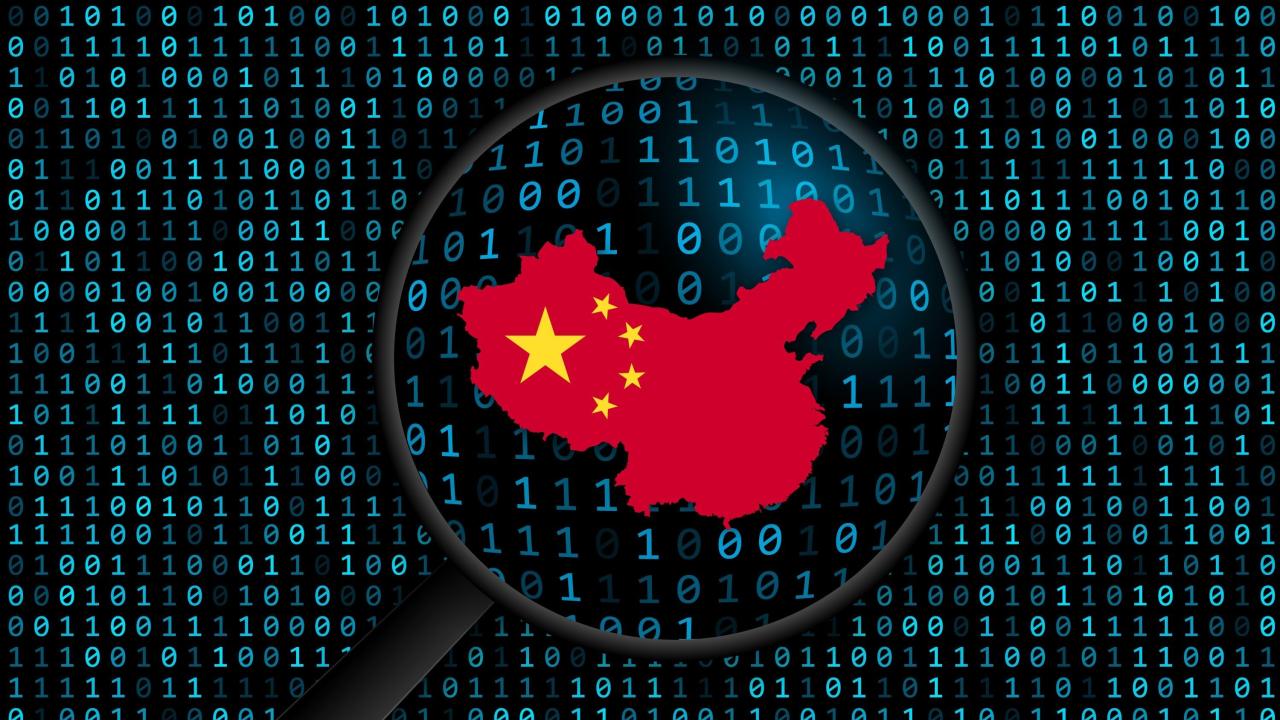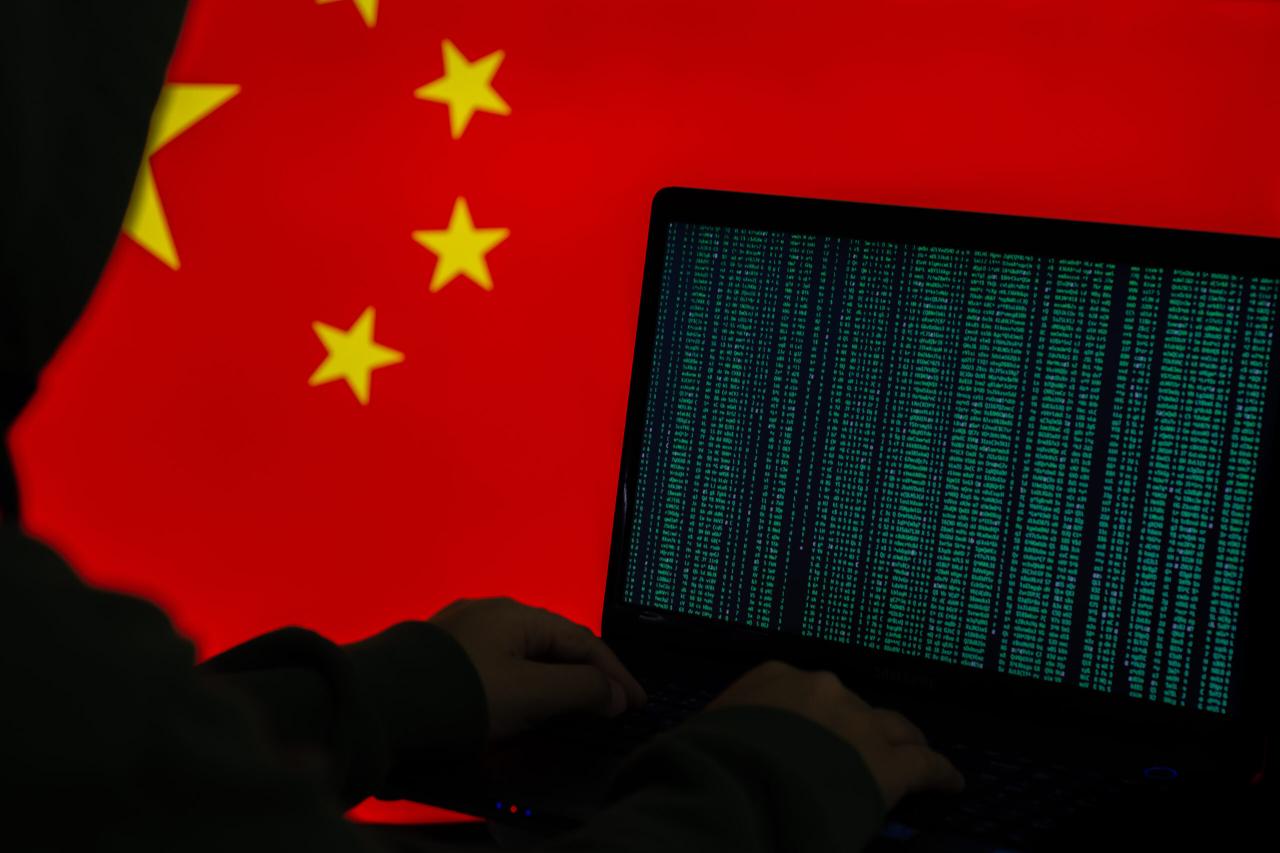China is the manufacturing superpower | Hacker News: This headline speaks volumes, doesn’t it? For decades, China’s ascent as a global manufacturing giant has reshaped the world economy. We’ll explore its remarkable journey, from humble beginnings to its current dominance, examining the policies, innovations, and geopolitical implications that have propelled this incredible transformation. Get ready to dive into the fascinating story of how China became the workshop of the world.
This deep dive will cover China’s key manufacturing sectors, its role in global supply chains, and the challenges it faces in maintaining its leadership. We’ll also look at the technological advancements driving its growth, and the potential future scenarios for this powerhouse of production. It’s a complex picture, but one vital to understanding the global economic landscape.
China’s Manufacturing Superpower Status
China’s ascent to global manufacturing dominance is a remarkable story of economic transformation, driven by strategic policy, massive infrastructure investment, and a relentless pursuit of technological advancement. This article explores the key factors contributing to China’s manufacturing prowess, its impact on the global economy, and the challenges and opportunities that lie ahead.
China’s Manufacturing Dominance: Historical Context
China’s manufacturing sector’s evolution spans decades, from a largely agrarian economy to a global manufacturing powerhouse. Early reforms in the late 1970s and 1980s, focusing on Special Economic Zones (SEZs) and attracting foreign investment, laid the foundation for rapid industrial growth. Subsequent infrastructure developments, including extensive transportation networks and power grids, further fueled this expansion. This contrasts with the gradual industrialization of nations like the UK and the US, which occurred over centuries.
Japan’s post-war growth, while rapid, was also a more measured process focused on specific high-tech industries.
| Country | Year of Peak Manufacturing Growth (Approximate) | Key Industries | Contributing Factors |
|---|---|---|---|
| United Kingdom | 18th-19th Centuries | Textiles, Iron and Steel, Shipbuilding | Colonial resources, Industrial Revolution innovations |
| United States | Late 19th – Mid 20th Centuries | Automobiles, Steel, Consumer Goods | Abundant resources, mass production techniques, large domestic market |
| Japan | 1960s-1980s | Electronics, Automobiles, Shipbuilding | Post-war reconstruction, technological innovation, export-oriented growth |
| China | 1990s-Present | Electronics, Textiles, Apparel, Machinery | Economic reforms, foreign investment, infrastructure development |
Key Industries and Production Capabilities
China’s manufacturing dominance is spread across numerous sectors. Its leading industries, boasting significant global market share, include electronics, textiles, apparel, machinery, and automotive parts. China’s strengths lie in its ability to produce a wide range of goods at competitive prices, often leveraging economies of scale and efficient supply chains.
- Electronics Manufacturing: China is the world’s largest producer of electronics, assembling components from various global suppliers.
- Textiles and Apparel: China’s vast textile industry caters to both domestic and international markets, offering a wide range of products at various price points.
- Automotive Parts: A significant portion of the world’s automotive parts are manufactured in China, supporting global car manufacturers.
- Machinery and Equipment: China’s manufacturing capabilities extend to the production of heavy machinery and industrial equipment.
Technological advancements, such as automation, robotics, and advanced materials, are constantly being integrated into China’s manufacturing processes, driving efficiency and productivity gains.
Global Supply Chains and Interdependence, China is the manufacturing superpower | Hacker News
China plays a central role in global supply chains, acting as both a producer and consumer of goods. Its manufacturing sector significantly impacts global trade and economic growth. Many countries heavily rely on China for various manufactured products.
So you’re reading about China’s manufacturing dominance on Hacker News? That’s fascinating stuff. But hey, before you dive back in, check out the confirmed starting line-ups for today’s big game: Confirmed line-ups | Spurs vs Newcastle. Then, once you’ve seen who’s playing, get back to that China manufacturing article – it’s a wild ride!
| Country | Percentage of Imports from China | Top 3 Imported Goods | Economic Impact |
|---|---|---|---|
| United States | ~15% (variable) | Electronics, Machinery, Apparel | Significant impact on consumer prices and overall trade balance |
| Germany | ~10% (variable) | Machinery, Electronics, Vehicles | Crucial for German industries relying on Chinese components |
| Japan | ~20% (variable) | Electronics, Machinery, Raw Materials | Impact on supply chains for Japanese manufacturers |
Challenges and Future Outlook

China’s manufacturing sector faces challenges, including rising labor costs, environmental concerns, and increasing technological competition from other nations. To maintain its leadership, China is investing heavily in automation, technological innovation, and upgrading its manufacturing base. The next 10-20 years may see a shift towards higher-value manufacturing, focusing on advanced technologies and customized products.
Hypothetical Scenario: By 2040, China could be a leading producer of high-tech goods, including advanced robotics, AI-powered manufacturing systems, and sustainable energy technologies. This would involve significant investment in R&D and a shift towards a more knowledge-based economy, possibly reducing its reliance on low-cost labor.
Geopolitical Implications
China’s manufacturing dominance has significant geopolitical implications, influencing global power dynamics and trade relations. Other countries are responding to China’s strength through various strategies.
That Hacker News thread about China’s manufacturing dominance got me thinking – a lot of medical devices are made there, right? So if you’re interested in that field, maybe check out some surgical tech programs near me to learn more about the tech behind it all. Understanding the supply chain, from manufacturing powerhouse China to the operating room, is key to a career in this area.
- Trade Agreements: Countries are forging new trade deals to diversify their supply chains and reduce reliance on China.
- Reshoring Initiatives: Some nations are bringing manufacturing back to their own countries to enhance domestic production and job creation.
- Investment in Emerging Economies: Investment is flowing into other countries with lower labor costs to establish alternative manufacturing bases.
Technological Innovation and Automation

Technological innovation and automation are reshaping China’s manufacturing landscape, driving efficiency and productivity improvements. Advancements in robotics and AI are transforming production processes, leading to increased automation levels in factories.
A Modern Automated Chinese Factory: Imagine a sprawling facility equipped with robotic arms performing intricate assembly tasks, AI-powered systems monitoring production lines in real-time, and advanced data analytics optimizing resource allocation. Automated guided vehicles (AGVs) transport materials efficiently, while sophisticated quality control systems ensure high product standards. The factory floor is clean, organized, and highly efficient, a testament to China’s commitment to technological advancement in manufacturing.
Conclusive Thoughts: China Is The Manufacturing Superpower | Hacker News

China’s manufacturing dominance is a multifaceted story of strategic planning, technological innovation, and global interdependence. While challenges remain, its position as a manufacturing superpower is unlikely to be easily challenged in the near future. Understanding its trajectory is key to navigating the complexities of the modern global economy. The future of manufacturing, and indeed the global economy, is inextricably linked to China’s continued success (or adaptation) in this critical sector.
Key Questions Answered
What are some of the environmental concerns related to China’s manufacturing?
Air and water pollution from factories, waste disposal issues, and the carbon footprint of massive production are major environmental concerns.
How is China addressing rising labor costs?
China is investing heavily in automation and robotics to mitigate the impact of rising labor costs and improve efficiency.
So, that Hacker News thread about China’s manufacturing dominance got me thinking. It’s wild how much they produce, right? Then I saw this news piece – Federal courts won’t refer Clarence Thomas for DOJ investigation – and it made me realize how different global power dynamics are. It’s fascinating to contrast that political situation with China’s economic might; two totally separate but equally impactful forces shaping our world.
What are the biggest threats to China’s manufacturing dominance?
Increased competition from other nations (e.g., Vietnam, India), trade wars, and potential shifts in global supply chains are significant threats.
Is China’s manufacturing sector sustainable in the long term?
The long-term sustainability depends on its ability to adapt to changing global dynamics, address environmental concerns, and continue technological innovation.
